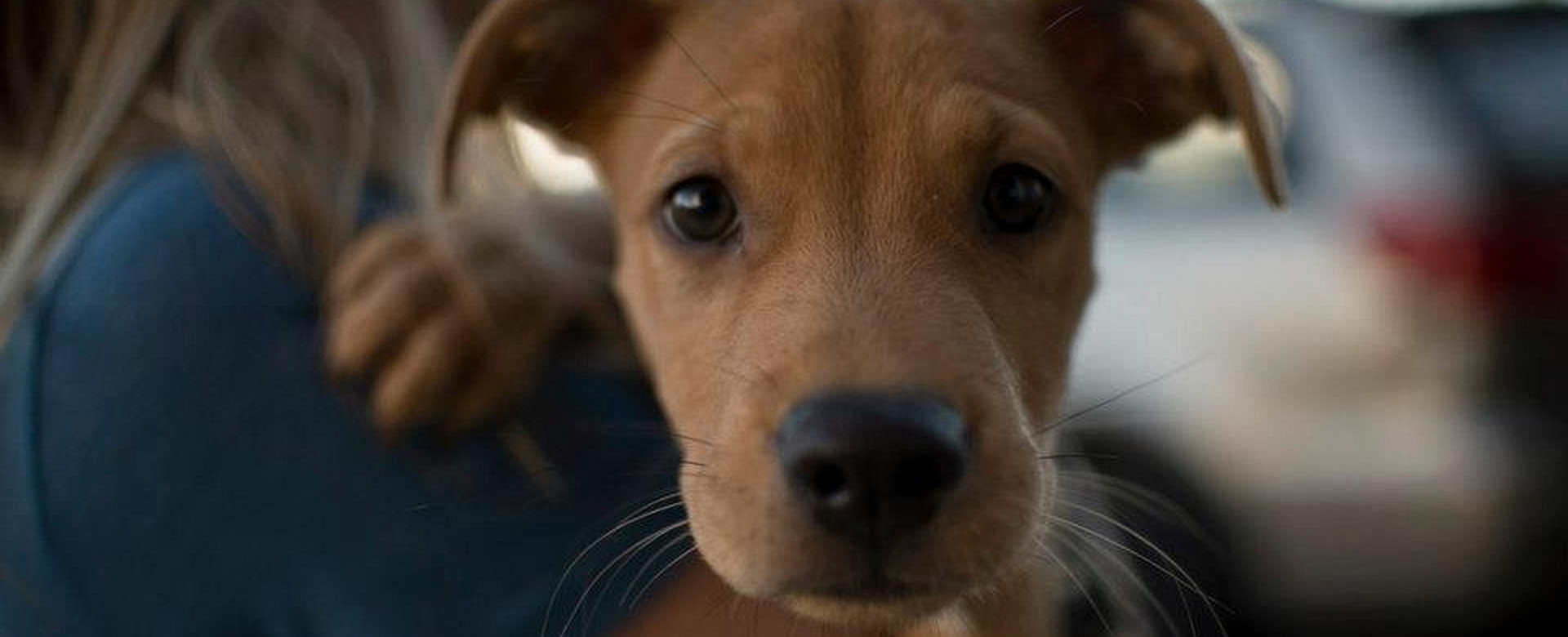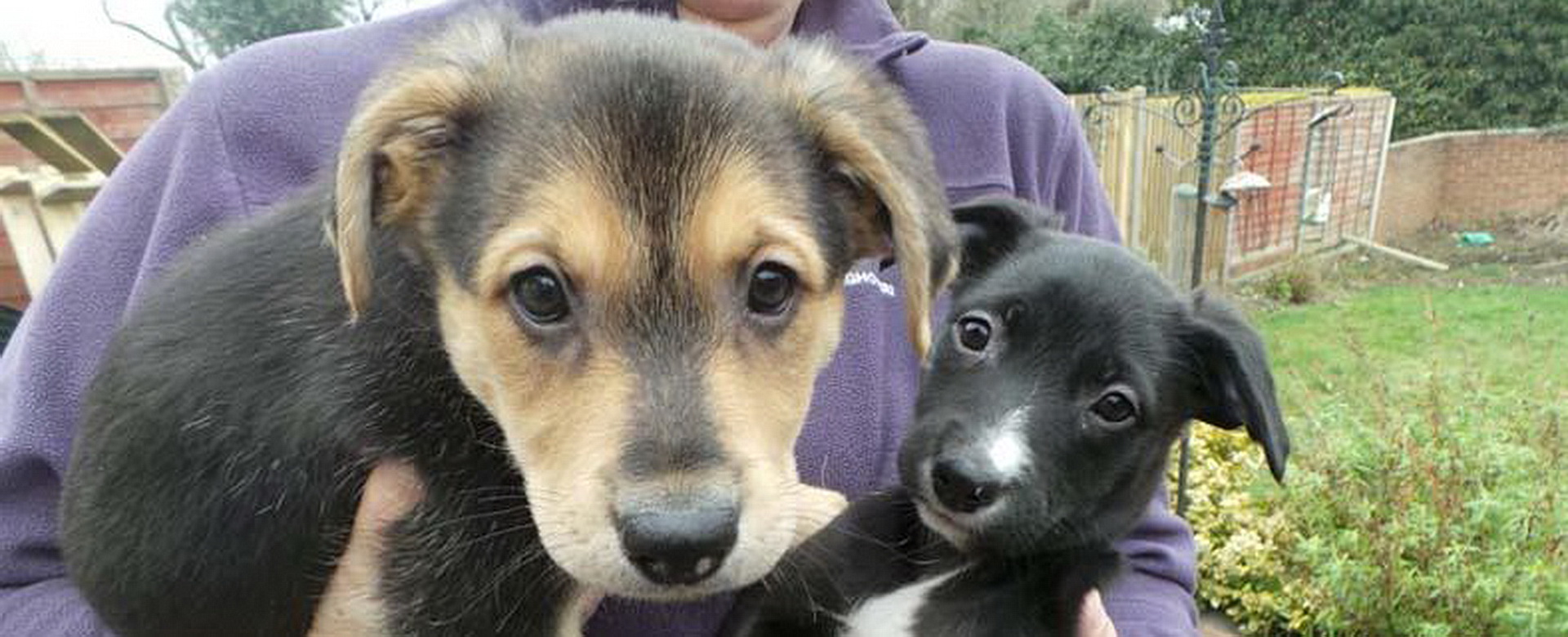How Nature Nurtures Our Pets
More and more evidence supports feeding pets a raw diet.
Here we examine many of the arguments in favor of and against the new trend. Some of the points are inspired by Kellys Kennels – UK’s kennel with over 11K likes in Facebook.
 Evidence of benefits of a raw diet for humans has been solidly established. Similar evidence for our pets is also starting to pile up. When given careful consideration, the idea is really not one that is totally foreign. Cats and dogs primarily rely on proteins they would receive from raw food if living in the wild. Cats and dogs consume a huge amount of meat and few grains when nature is left to take its course. It would make sense that a similar raw diet that would allow for the longest and most healthy lifespan in captivity, as well. Although modern pet foods are chemically balanced to accommodate these needs, the end result is just not the same.
Evidence of benefits of a raw diet for humans has been solidly established. Similar evidence for our pets is also starting to pile up. When given careful consideration, the idea is really not one that is totally foreign. Cats and dogs primarily rely on proteins they would receive from raw food if living in the wild. Cats and dogs consume a huge amount of meat and few grains when nature is left to take its course. It would make sense that a similar raw diet that would allow for the longest and most healthy lifespan in captivity, as well. Although modern pet foods are chemically balanced to accommodate these needs, the end result is just not the same.
A New Approach
Past veterinarians have discouraged raw diets for dogs, cats and other newly-domesticated animals, citing the risk of bacteria. However, more holistic approaches to the total well-being of pets is beginning to open new doors on this front. In fact, many animals suffering from unknown illnesses have been recovered after switching from specialized diets to a raw foods menu. Dogs have done especially well consuming certain types of beef and freeze-dried chicken.
A Growing Market
Companies catering to raw pet diets have performed particularly well recently. Raw meats commercially-prepared specifically for pets grossed more than $100 million in 2012. This figure alone does not even account for the pet owners who themselves were purchasing and preparing raw meats and vegetables for their pets.
Past Pet-Food Issues
Part of the the change to raw diets can be attributed to the fact that so many processed pet foods have been recalled during the past 10 years due to bacteria and contamination. People are simply unwilling to continue exposing their pets to this kind of risk. Food processed in China has been especially dangerous, and it has been attributed to the deaths of hundreds of pets each year. In cases where salmonella was the culprit, people even contracted illnesses from handling the pet food.
Better Digestion
The arguments made by raw-food advocates are numerous. Chief among them is the idea that cooking the meat and vegetables we feed our pets removes a large number of the vitamins and minerals they need for premium health. Furthermore, pets’ digestive systems have not evolved to handle the heavy amounts of grain, flour and other fillers that are common in the majority of pet foods. The long-term inability to digest grains is blamed for many of the digestive and gastrointestinal problems that our pets develop.
Increased Health
Pet owners who have made the switch to a raw diet offer compelling stories. Owners report a disappearance of allergies that were previously present in their pets. Others claims extraordinary increases in pets’ energy levels. Even overweight pets lost inches after switching to an all-raw diet.
Stores and raw-food manufactures are responding in kind. Large companies such as Petco are beginning to carry raw-food brands all throughout North America. Nature’s Variety is one such manufacturer that has quickly expanded, placing its products in more than 6,000 stores across the nation.
Veterinary Caution
Some veterinarians, however, are resistant to the change. They cite the pet owners’ basic misconceptions as their main defense. They argue that pets receive nutrition from eating the entire body of small animals in the wild. People who fill their pet’s food bowl with a raw chicken breast every night are actually doing their pet a great injustice by depriving her of the nutrients she needs and would receive by having access to the remaining portion of the bird.
What experiences have you had feeding your pet a raw diet?

